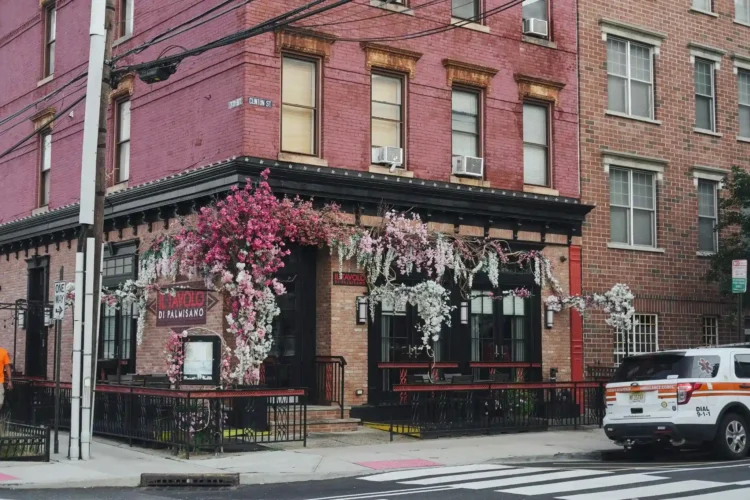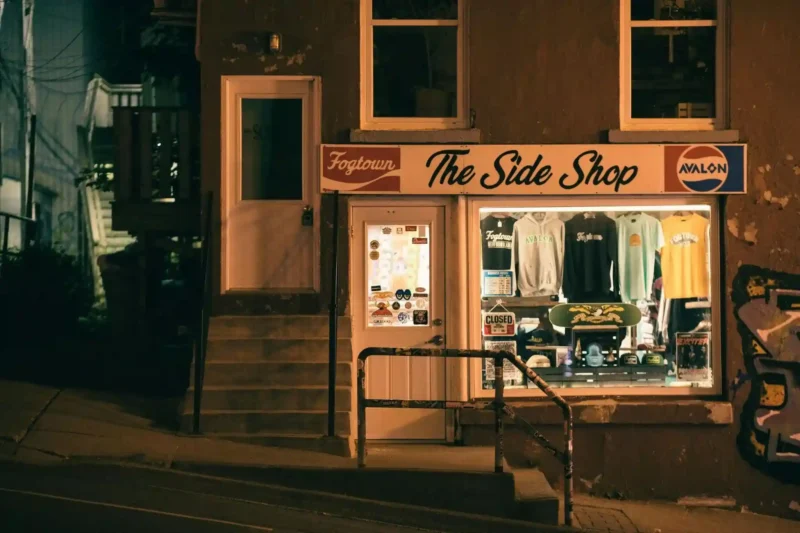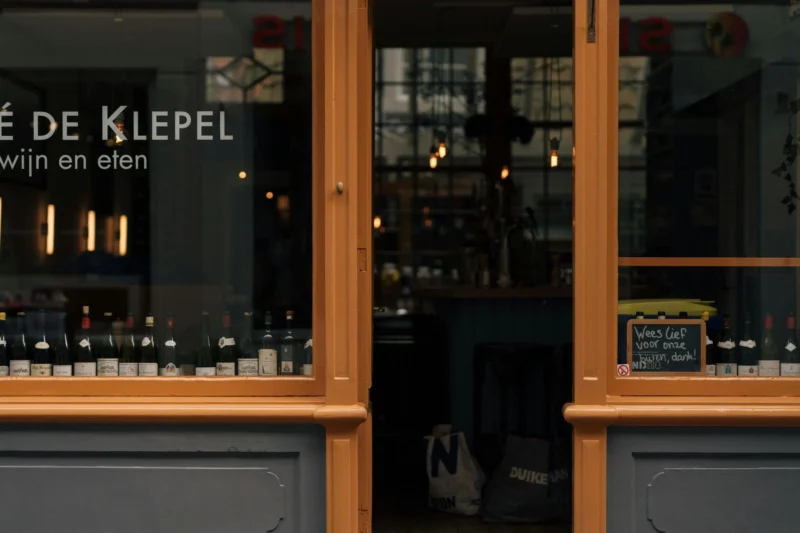Creating an attractive offline store is crucial for any brand looking to make a lasting impression on its customers. Today, 3D rendering for retail design significantly brings these spaces to life, allowing designers and retailers to visualize the layout, fixtures, and ambiance before any physical work begins. The design of a physical store does more than just house products; it tells a story, creates an experience, and reinforces the brand’s identity. Finding the right design inspiration, especially when utilizing 3D rendering for retail design, is critical to achieving a store that is not only functional but also visually captivating and memorable.
Exploring Successful Store Designs
Analyzing Competitor Stores
Analyzing competitor stores is one of the most effective ways to gather inspiration for your store design. Visiting these stores in person lets you see what works and what doesn’t. Pay attention to the layout, color schemes, lighting, and product display. Take note of what draws your attention and what feels off. This analysis can provide a wealth of ideas you can adapt and improve for your project. Retail 3D renderings can further enhance this process by allowing you to visualize how similar ideas might work in your space.
Case Studies of Iconic Stores
Examining case studies of globally recognized stores known for their innovative designs can offer valuable insights. Stores like Apple, Starbucks, and IKEA are not just places to buy products; they are destinations. Each store has a unique design reflects the brand’s identity and enhances the customer experience. By studying these case studies and incorporating retail design 3D rendering, you can understand the design elements that make these stores successful and consider how to incorporate similar strategies into your project.
Leveraging Online Design Platforms
Pinterest and Instagram for Visual Inspiration
Online platforms like Pinterest and Instagram are goldmines for visual inspiration. On Pinterest, you can create boards dedicated to different aspects of store design, such as storefront ideas, interior layouts, and color palettes. On the other hand, Instagram offers a more real-time look at current trends and can help you discover new and creative ideas through hashtags like #retaildesign or #storeinterior. Following influencers and brands in the retail design space can also keep you updated on the latest trends. Combining these inspirations with retail architectural 3D rendering allows you to bring these ideas to life in a virtual environment before making any physical changes.
Design Blogs and Online Magazines
Numerous design blogs and online magazines focus specifically on retail design. Websites like Dezeen, Retail Design Blog, and ArchDaily regularly feature innovative store designs worldwide. Subscribing to these resources can provide ongoing inspiration and keep you informed about the latest developments in retail design. Incorporating retail counter 3D rendering into these ideas can help visualize your store’s specific aspects, such as how counters and checkout areas will integrate with the overall design.
Drawing from Other Industries
Inspiration from Hospitality and Restaurant Design
Hospitality and restaurant designs can offer unexpected and fresh ideas for retail spaces. Elements like cozy seating arrangements, ambient lighting, and welcoming restaurant décor can be translated into a retail environment to create a more inviting atmosphere. The goal is to create a space where customers feel comfortable spending time, which can increase dwell time and, ultimately, sales. Visualizing these elements through retail 3D renderings can ensure the final design is inviting and functional.
Borrowing Ideas from Art Galleries and Museums
Art galleries and museums’ clean, minimalist design can inspire a sophisticated retail environment. The strategic use of space, lighting, and the careful curation of gallery exhibits can be mirrored in how you display products in your store. This approach can give your store a refined, high-end feel that appeals to discerning customers. Using retail architectural 3D rendering helps to pre-visualize these elements in a retail setting.
Visiting Design Exhibitions and Trade Shows
Attending Trade Shows
Attending trade shows focused on retail and interior design is another excellent way to gather inspiration. These events showcase the latest materials, technologies, and design trends. They offer the opportunity to see and feel products firsthand and speak with experts about implementing these ideas in your store design. Retail design 3D rendering can then be used to integrate these new ideas into your store concept effectively.
Learning from Pop-Up Shops and Installations
Pop-up shops and temporary installations often push the boundaries of traditional store design. These spaces are usually bold, innovative, and designed to create a strong visual impact in a short amount of time. By visiting these spaces, you can get ideas on how to make your store stand out, even if it’s for a more permanent location. Utilizing 3D rendering for retail design allows you to experiment with these bold ideas in a virtual setting before committing to them physically.
Incorporating Local Culture and History
Using Local Art and Craftsmanship
Incorporating local art, materials, and craftsmanship into your store design can create a space that feels authentic and connected to the community. Highlighting how these elements fit your overall design strategy can add character to your store and make it a destination for those looking to experience local culture. 3D home rendering services can be used to visualize how these elements will look in the store.
Architectural Influence from the Surrounding Area
Blending contemporary design with traditional architectural elements from the surrounding area can create a store that feels modern and rooted in its location. This approach can help your store stand out while appealing to customers’ sense of place and identity. Using 3D property rendering allows you to see how the design integrates with the surrounding area.
Collaborating with Professional Designers
Hiring a Design Consultant
Hiring a professional design consultant or interior designer specializing in retail spaces can be invaluable if you want to bring your vision to life. These experts can provide fresh ideas, ensure the space is functional, and help you avoid common design pitfalls.
Working with Architects for Custom Solutions
For more complex projects, working with an architect can help you create custom solutions that fit your brand and your store’s specific needs. Architects can assist with optimizing the layout, integrating technology, and ensuring that the overall design enhances the customer experience.
Conclusion
Creating an attractive offline store requires creativity, strategic planning, and inspiration from various sources. By analyzing successful stores, leveraging online platforms, drawing inspiration from other industries, attending trade shows, and incorporating local culture, you can design a store that is not only functional but also visually captivating. Whether you collaborate with professionals or take a DIY approach, the key is to create a space that resonates with your customers and reinforces your brand’s identity.
Author:
Aimee S. Marshall
Aimee is a seasoned digital artist and design enthusiast who is passionate about creating stunning visuals. With over a decade of experience in 3D rendering and design, she has worked on projects spanning various industries, from architecture and interior design to product visualization and advertising. Aimee shares her expertise and insights through writing, mentoring, and speaking engagements, aiming to inspire others in the dynamic world of 3D rendering and design.






0 Comments